How to Use Polycrylic for Sublimation: A Complete Guide
Sublimation is a popular technique for transferring designs onto various materials, such as fabrics, mugs, tiles, and wood. However, not all materials are suitable for sublimation, as they need a polyester coating or a high polyester content to accept the ink.
This is where polycrylic comes in handy. Polycrylic is a water-based protective finish that can be applied to any surface to create a layer of polyester.
Sublimation with Polycrylic: A Quick Overview
Want to create stunning personalized crafts using sublimation? Polycrylic is your secret weapon! This sealant preps surfaces for flawless heat transfers, producing vibrant and long-lasting designs on mugs, t-shirts, wood, and more. Our guide unveils the benefits of polycrylic and provides a step-by-step process for perfect results. Get ready to unleash your creativity!
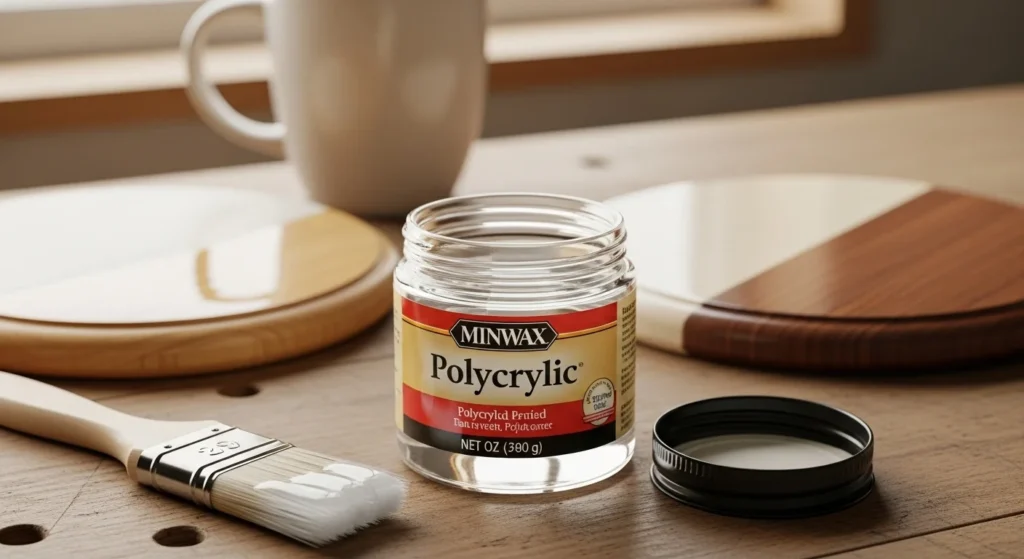
What is polycrylic, and why is it used for sublimation?
Its clear, fast-drying, and durable finish protects wood and other surfaces from scratches, stains, and water damage. It is available in different forms, such as liquid, spray, or wipe-on. Polycrylic is made of acrylic resin and polyurethane, which gives it a glossy and smooth appearance.
Polycrylic is also compatible with sublimation. It contains polyester molecules that can bond with the ink. Applying it to any surface can create a sublimation-ready coating that accepts the ink and transfers the design.
Reasons to use polycrylic for sublimation, such as:
- It is easy to apply and dries quickly.
- It is affordable and widely available.
- It is versatile and can be used on any flat surface, such as wood, tile, metal, glass, or canvas.
- It is durable and resistant to fading, cracking, or peeling.
- It enhances the color and vibrancy of the design.
Drawbacks that you should be aware of, such as:
- It requires some preparation and curing time, as you need to sand, clean, and dry the substrate before applying polyacrylic and wait for it to dry entirely before sublimating.
- Humidity and temperature can affect it, as it may not dry properly or evenly in humid or cold environments.
- If not applied carefully and evenly, it can create bubbles or brush marks, affecting the quality of your sublimation prints.
How to Use Polycrylic for Sublimation: Step by Step
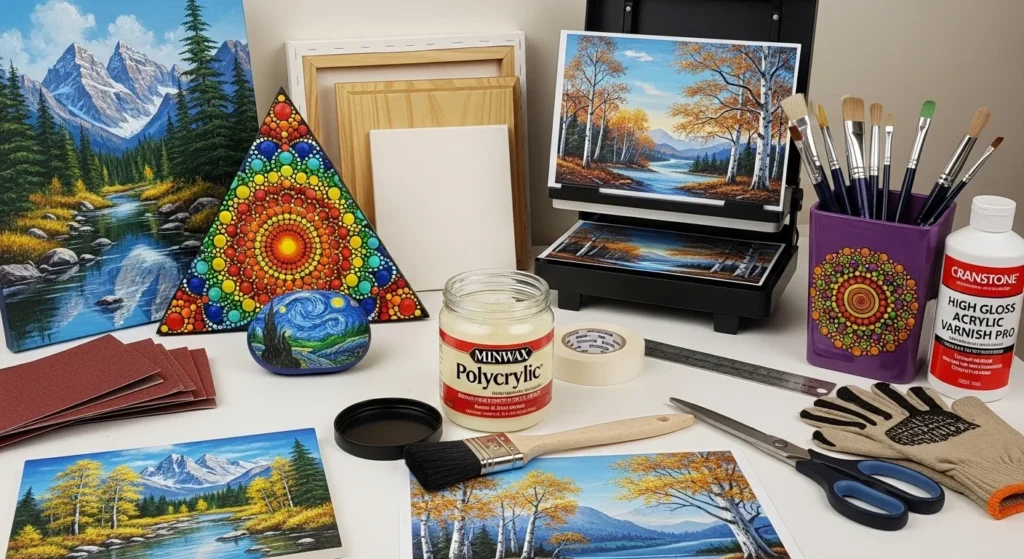
You will need the following materials:
- Polycrylic (liquid, spray, or wipe-on)
- Sandpaper (120 grit and 400 grit)
- Paintbrush (foam or chip)
- Sublimation printer and paper
- Heat press or iron
- Heat-resistant gloves and tape
- Scissors and ruler
- The material you want to sublimate on (wood, tile, canvas, etc.)
Steps to follow:
1. Prepare the surface. Use the 120-grit sandpaper to lightly sand the surface of the material you want to sublimate. This will remove dirt, dust, or imperfections and create a smooth surface. Wipe off any residue with a damp cloth and let it dry completely.
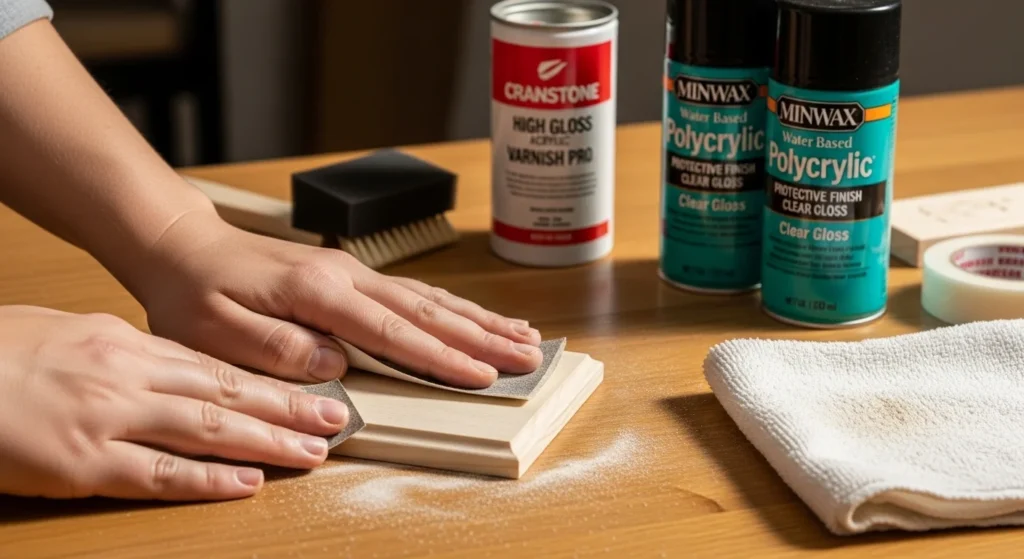
2. Apply the first coat of polycrylic. Use the paintbrush to apply a thin and even coat of polyacrylic to the surface. Make sure to cover the entire area where you want to transfer the design. If you are using a spray or wipe-on polyacrylic, follow the instructions on the label. Let the polyacrylic dry for about an hour or until it is no longer tacky.
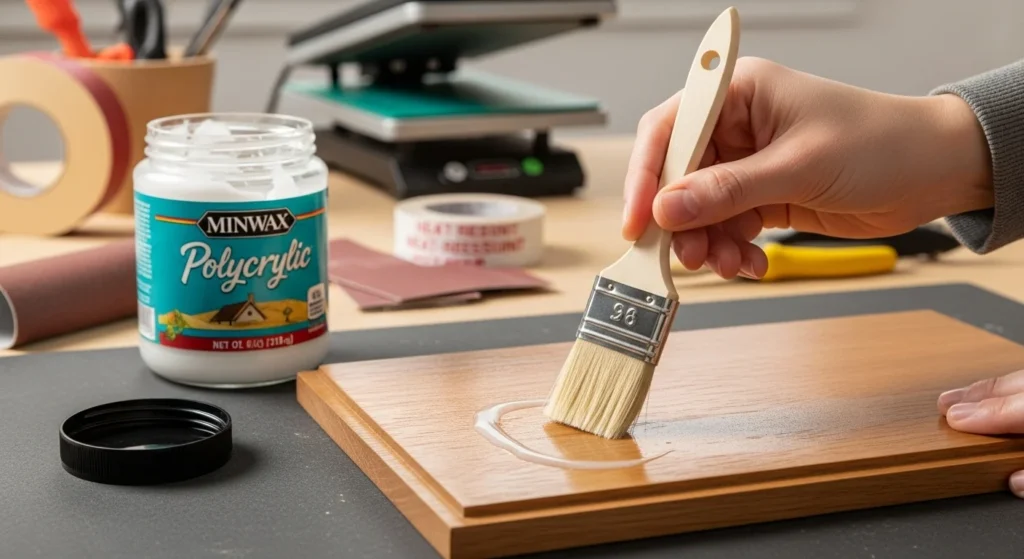
3. Apply the second coat of polyacrylic. Use the 400-grit sandpaper to lightly sand the surface again. This will smooth out bubbles or brush strokes and improve the second coat’s adhesion. Wipe off any residue with a damp cloth and let it dry completely. Apply another thin and even coat of polyacrylic to the surface and let it dry overnight or for at least 12 hours.
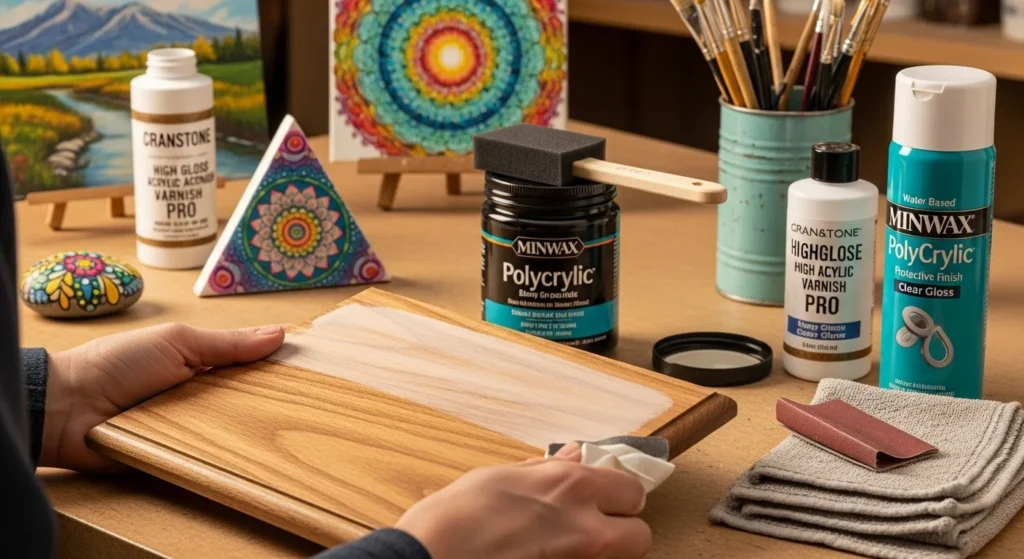
4. Print and cut the design. Use your sublimation printer and paper to print the design you want to transfer. Make sure to mirror the image and adjust the settings according to the type and size of the paper. Use the scissors and ruler to cut out the design, leaving a small margin around the edges.
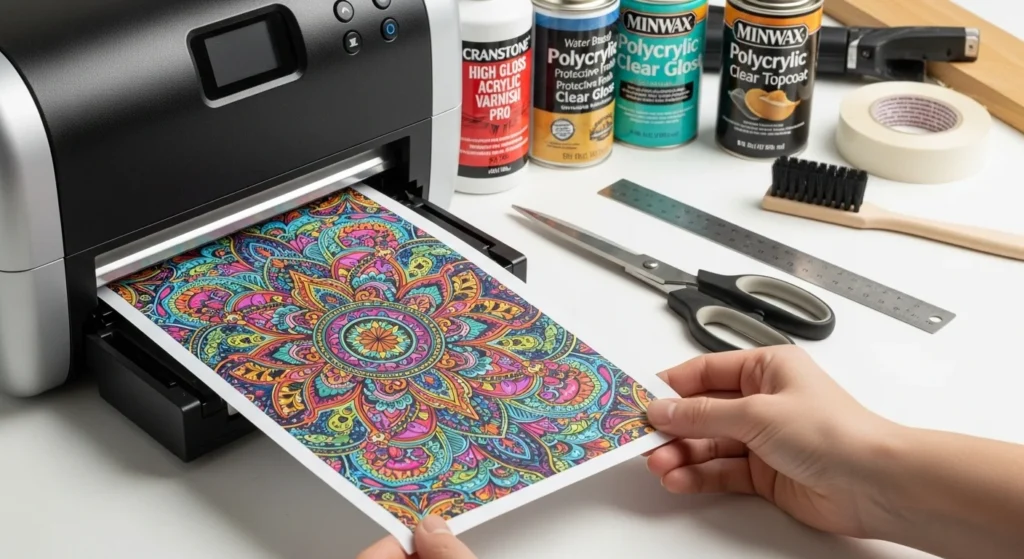
5. Press the design. Preheat your heat press or iron to the recommended temperature and time for your material.
For example, you may need to press wood at 380°F for 60 seconds, while you may need to press tile at 400°F for 240 seconds.
Use heat-resistant tape to secure the design to the surface, ensuring the printed side faces down.
Place the material on the heat press or iron and cover it with a sheet of butcher paper. Press the design firmly and evenly, applying enough pressure and heat.
Carefully remove the material from the heat press or iron and peel off the paper while it is hot. Use heat-resistant gloves to avoid burning yourself.
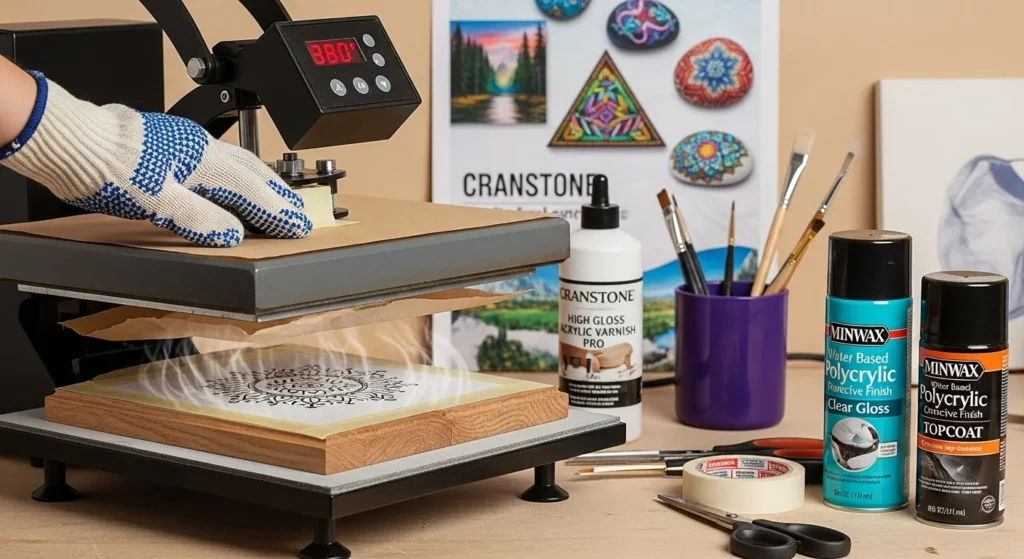
6. Enjoy your sublimated product. You have successfully used polyacrylic for sublimation. You can now admire your sublimated product and enjoy its glossy and colorful appearance. If you wish, you can also apply another coat of polyacrylic to seal and protect the design.
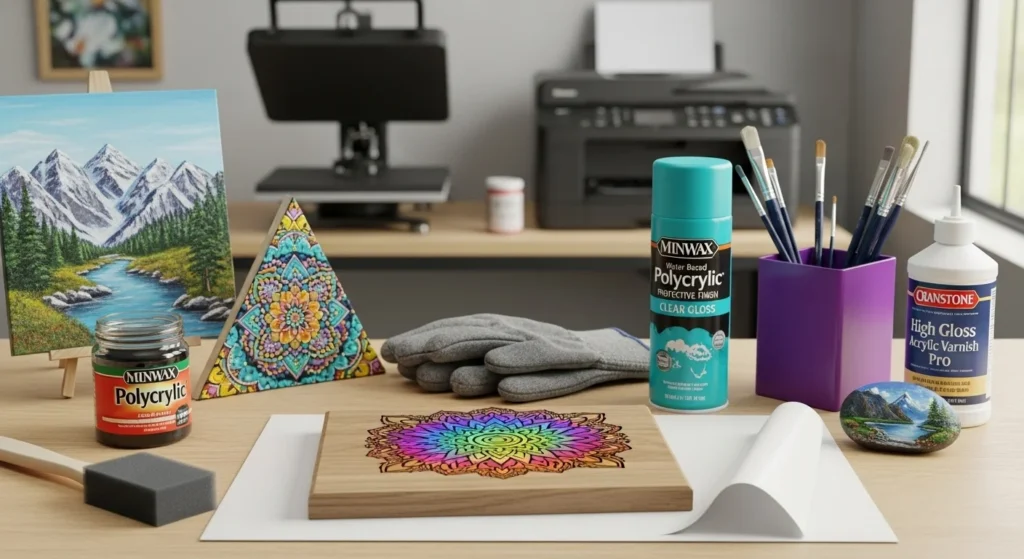
Polycrylic can be used for sublimation on wood and tumblers, but it is not recommended for sublimation on cotton.
Press Settings by Material
Use these as starting points; test on scraps as results can vary by equipment and environment.
| Material | Temperature (°F) | Time (Seconds) | Pressure |
|---|---|---|---|
| Wood | 385-400 | 45-60 | Medium |
| Ceramic Tiles | 380-400 | 180-300 | Light-Medium |
| Metal | 375-395 | 45-60 | Medium |
| Cotton Fabric | 385-400 | 45-60 | Medium |
| Canvas | 380-400 | 60-90 | Medium |
Sublimation on wood
- Choose the right polycrylic. Not all are created equal. For sublimation, you need a water-based polycrylic formulated explicitly for use with heat transfer inks. Look for a brand that is labeled for sublimation.
- Waterbased polyacrylic for sublimation on wood
- Apply the polycrylic. Make sure the wood is clean and dry. Apply the polyacrylic in thin, even coats. Sand lightly between coats if necessary. Allow to dry completely between coats.
- Sublimate your image. Once dry, you can sublimate your image onto the wood using a heat press. Follow the instructions for your heat press and the sublimation ink you use.
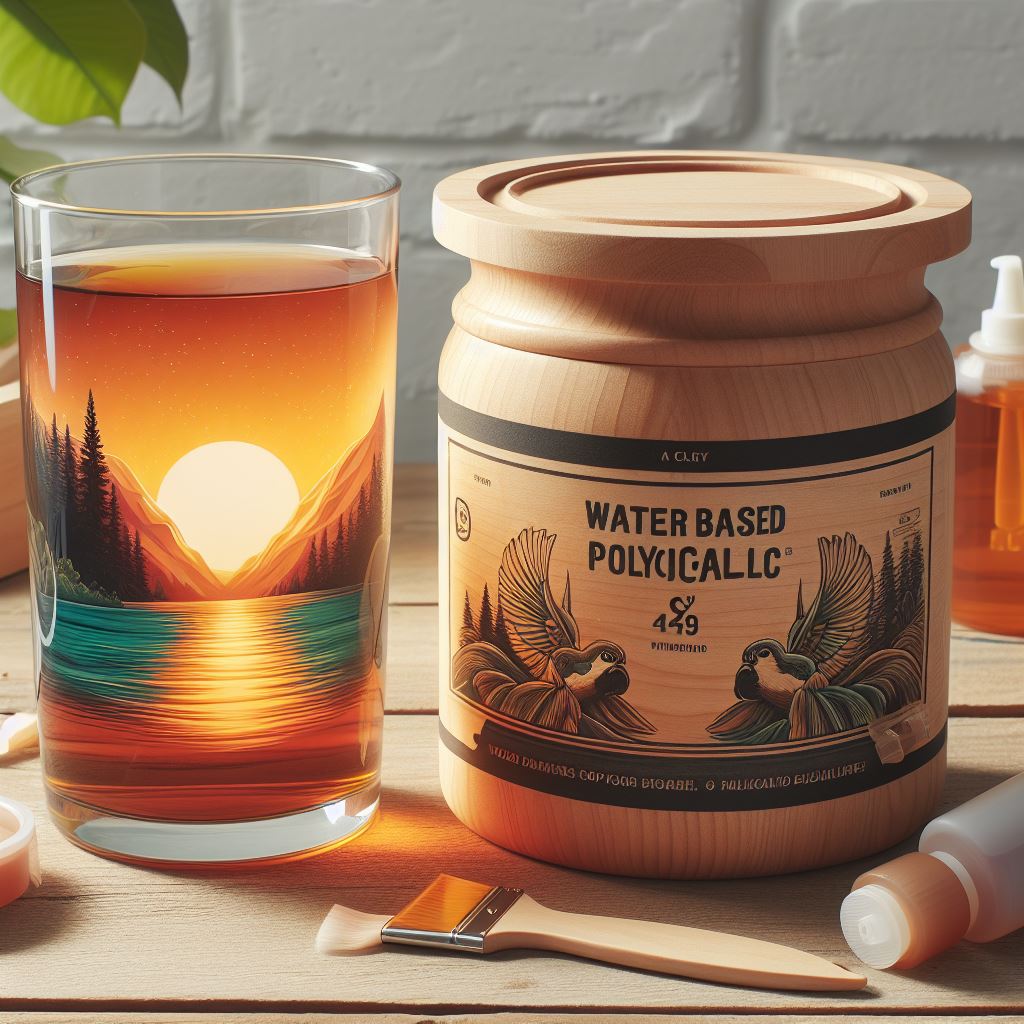
Sublimation on tumblers
- Choose the right polycrylic. As with wood, you need a water-based polycrylic specifically formulated for sublimation. Look for a brand that is labeled for use on tumblers.
- Prepare the tumbler. Make sure it is clean and dry. If it has scratches or imperfections, you can lightly sand them with fine-grit sandpaper.
- Apply the polycrylic. Apply in thin, even coats. Allow it to dry completely between coats.
- Sublimate your image. Once dry, you can sublimate your image onto the tumbler using a heat press. Follow the instructions for your heat press and the sublimation ink you use.

Using polyacrylic for sublimation on cotton
Polycrylic is not recommended for sublimation on cotton. Cotton is a natural fiber that absorbs ink, while polyacrylic is a synthetic fiber that repels ink. This means the ink will not bond properly to the cotton, and the image will fade and wash out.
It would be best if you used a special sublimation coating designed for cotton to sublimate on cotton. These coatings can be found at most craft stores.
Tips and Tricks for Using Polycrylic
To get the best results from using polyacrylic for sublimation, here are some tips and tricks to keep in mind:
- Use a high-quality polycrylic that is compatible with sublimation. Some brands or types of polyacrylic may not work well with sublimation, as they may contain additives or solvents that can interfere with the ink transfer. You can test a small area of the material with polycrylic and sublimation paper before applying it to the whole surface.
- Use a high-quality sublimation printer and paper that can produce vivid and sharp images. You can also adjust the color settings on your printer or software to enhance the contrast and saturation of the design.
- Use a heat press or iron that can provide consistent and even heat and pressure. You can also use a silicone mat or a Teflon sheet to prevent the material from sticking to the heat press or iron.
- Use the right temperature and time for the material you are using. Different materials may require different settings depending on their thickness, density, and heat resistance. You can refer to the manufacturer’s instructions or experiment to find the optimal settings.
Use Subli Genius Print for your sublimation needs. We provide sublimation printer reviews and guides, helping you choose the best printer for your needs and budget. We also offer tips and tricks for sublimation printing, such as how to use polyacrylic. Visit our website at Subli Genius Print to learn more.
Pros and Cons
| Pros | Cons |
|---|---|
| Affordable and widely available. | Application can be uneven if not done carefully. |
| Versatile for multiple surfaces. | May require multiple coats and drying time. |
| Water-based formula dries clear with low odor. | Results less vibrant on some materials compared to pre-coated blanks. |
| Allows customization of non-polyester items. | Potential chemical irritation on skin-contact items like apparel. |
| Easy to apply with basic tools. | Not as durable for high-wear items without additional sealing. |
Alternatives to Polycrylic
If Polycrylic doesn’t suit your needs, consider these options:
- Thermal Laminating Sheets: Apply a polyester film via heat; quicker than coating but may wrinkle.
- Sublimation Sprays (Polygloss): Faster drying; ideal for fabrics or irregular shapes.
- Sanding Sealer: Dries quickly for wood; provides a smooth base but may need testing for vibrancy.
- Clear Dye Sublimatable HTV: Vinyl-like sheets that adhere under heat; good for detailed work.
- Pre-Coated Blanks: Factory-treated items like sublimation wood or tiles; convenient but less customizable.
Conclusion
Polycrylic is an excellent way to sublimate on any surface, creating a polyester coating that can accept the sublimation ink. Following the steps and tips in this article, you can use polycrylic for sublimation and create stunning and durable products.
🚀 Elevate Your Printing Game
Professional printing resources for stunning results
If you want to sublimate on wood, tile, canvas, or anything else, it can help you achieve your creative goals. Have you tried using polycrylic for sublimation? What are your thoughts and experiences? Let us know in the comments below.
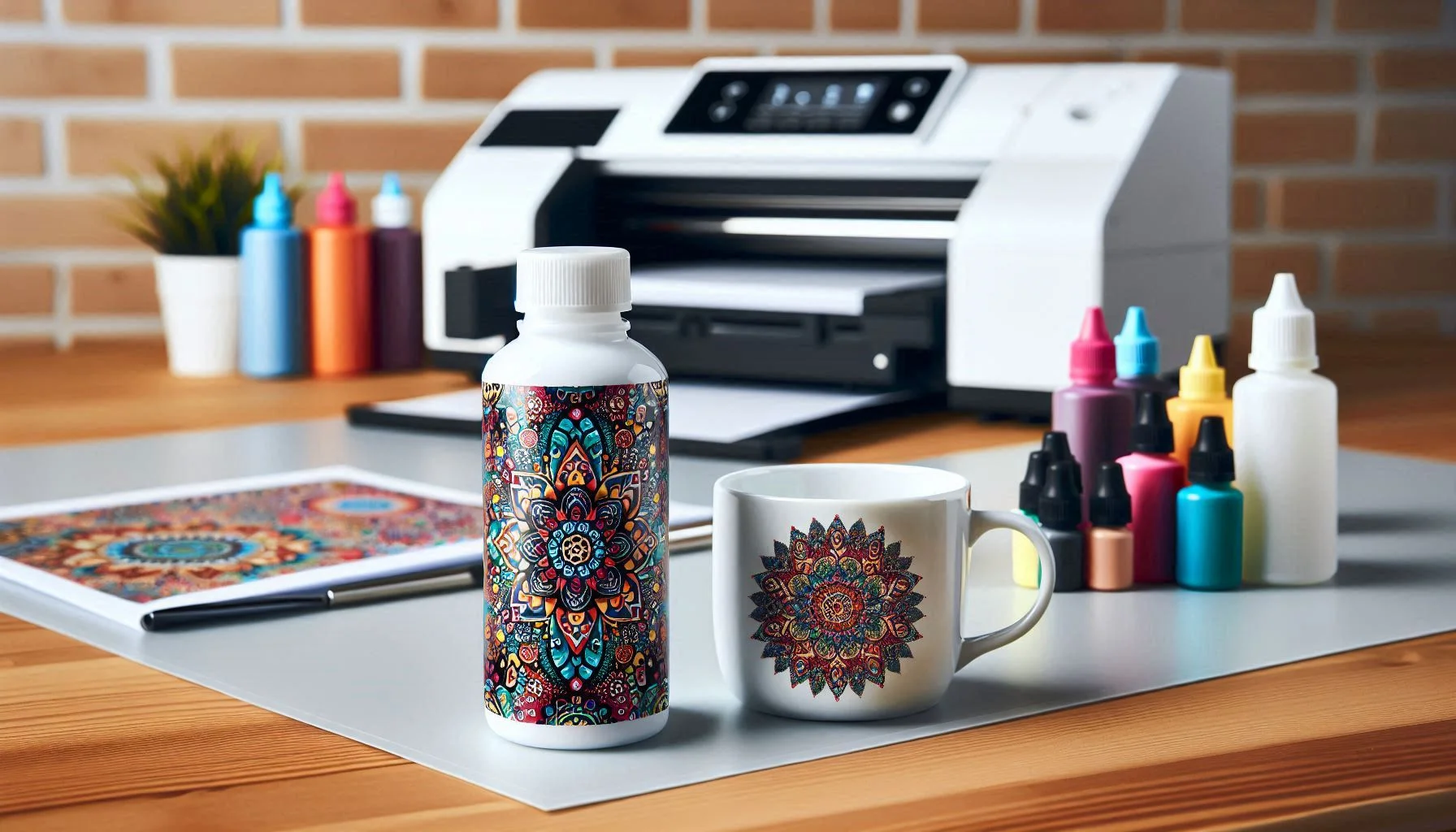
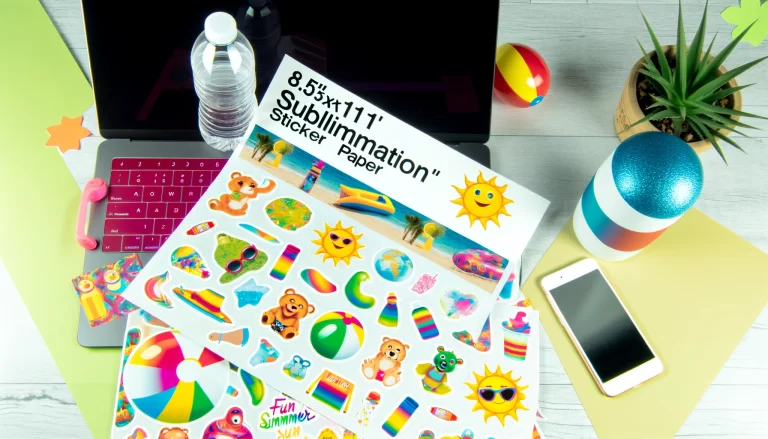



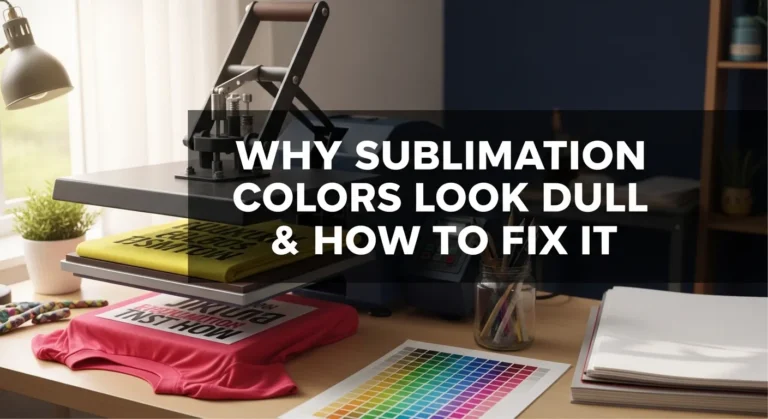

One Comment